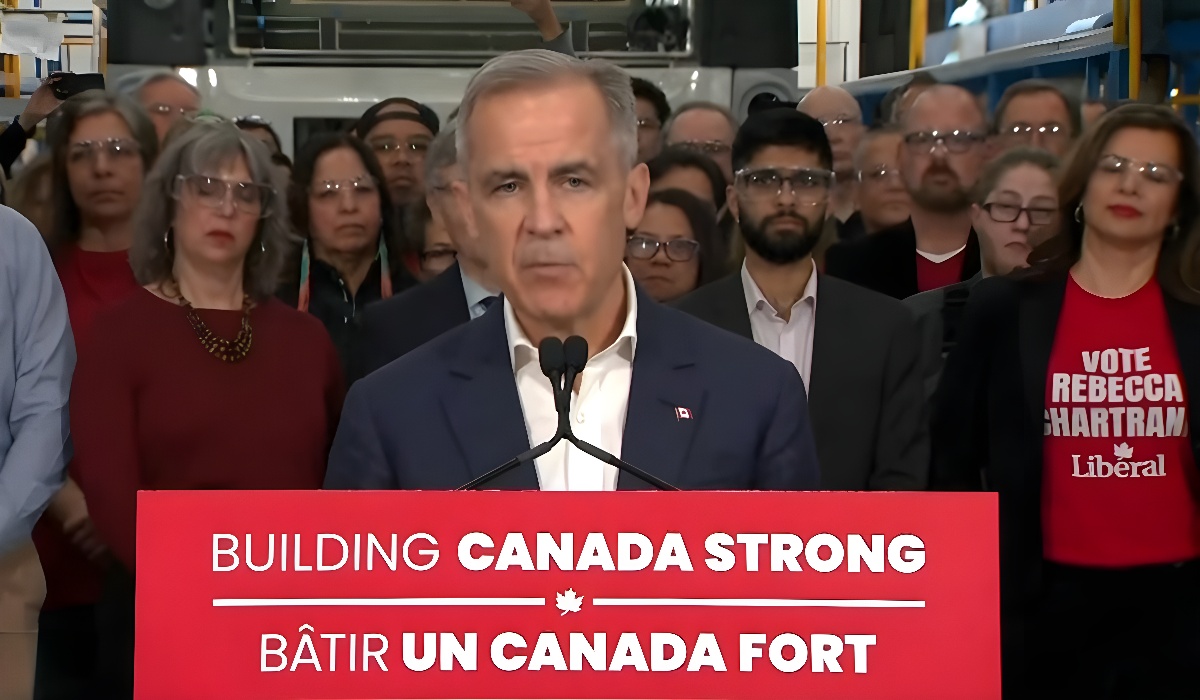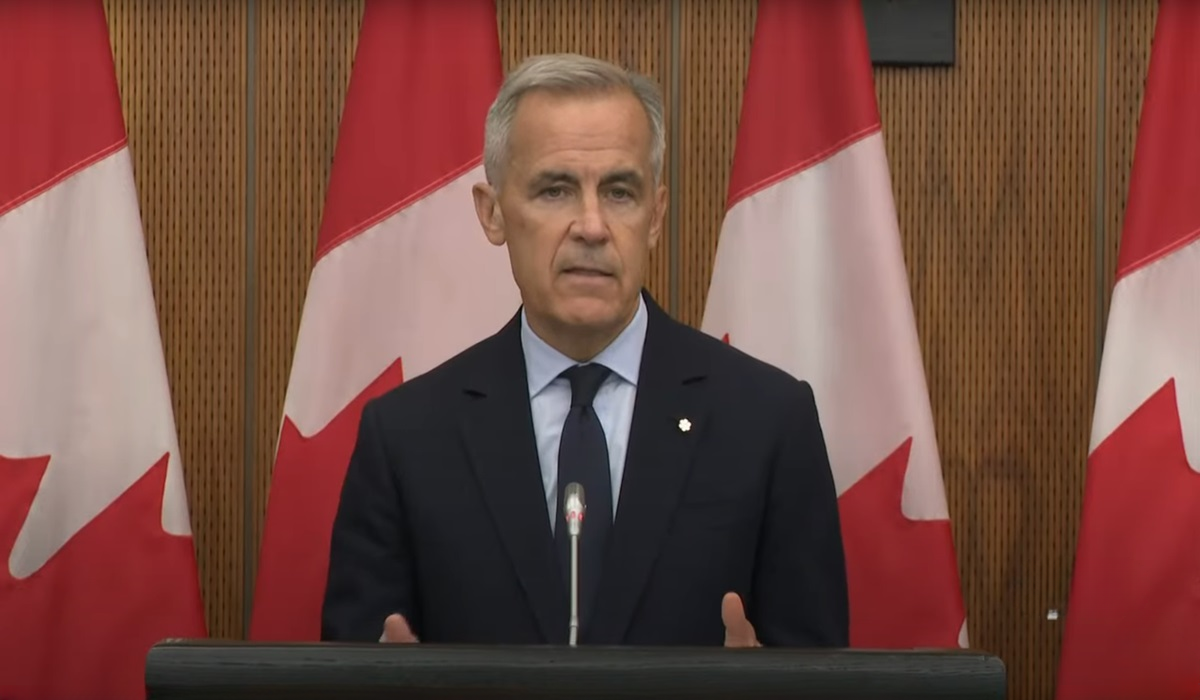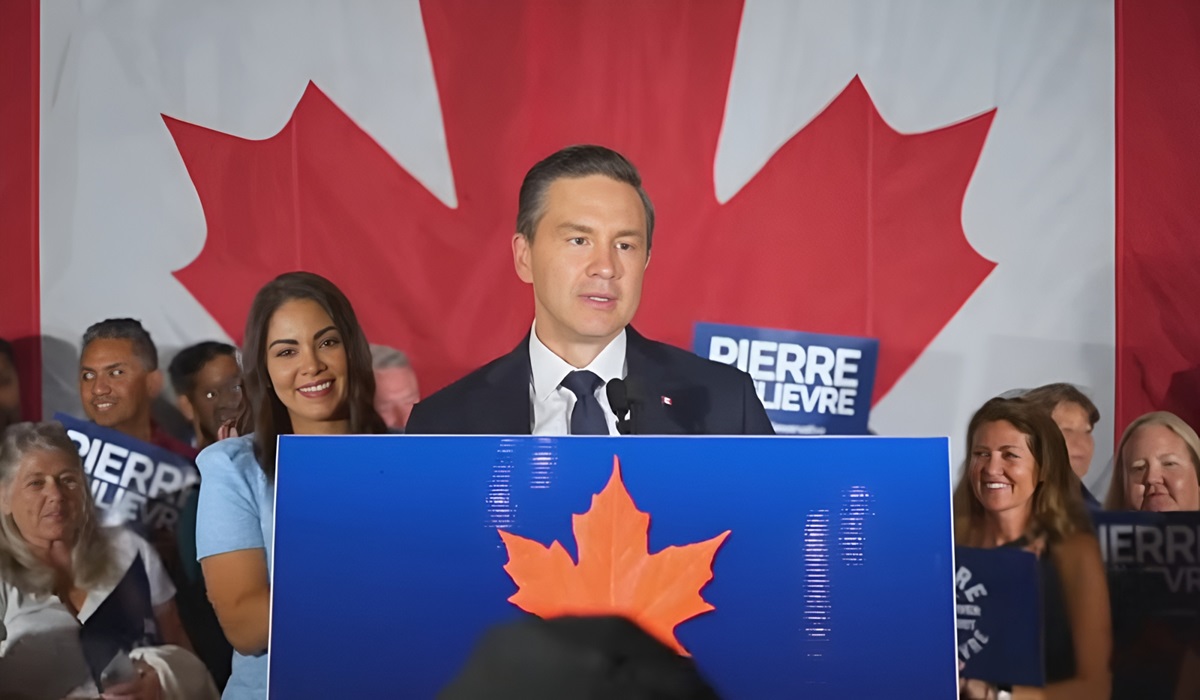Carney in Winnipeg: PM Sets Bold Housing Target, But Big Questions Remain
- TDS News
- Canada
- April 2, 2025

WINNIPEG, MB — Prime Minister Mark Carney visited Winnipeg last night to announce one of the most ambitious housing commitments in Canadian history: a plan to build nearly 500,000 new homes per year. While the target marks a sharp escalation in federal involvement, many critical questions remain unanswered — particularly on cost, labour, and how the government intends to navigate the bureaucratic hurdles that have stalled housing for years.
“We’re going to address failures in the housing market head-on,” Carney said. “We’re going to unleash the power of public-private cooperation at a scale not seen in generations. Our goal is to double the pace of housing construction to almost half a million new homes every single year. Homes you can afford to buy. Homes that are more sustainable and cost less to live in. Homes made right here with Canadian ingenuity.”
Carney’s remarks signal a shift in tone — and possibly in strategy — as Ottawa positions itself to play a more forceful role in the housing file. But as with any federal promise of this magnitude, the details matter. So far, they’re thin.
The government has yet to clarify how much it will contribute financially or whether support will come in the form of direct grants, low-interest loans, or tax incentives to accelerate building. Nor has it outlined how much responsibility will fall on provinces and municipalities, or what conditions might be attached to federal dollars.
Another issue is workforce capacity. The Canadian construction industry is already facing labour shortages, with many projects slowed or cancelled due to a lack of skilled tradespeople. Meeting the Prime Minister’s target would require not just training and upskilling current workers but potentially increasing immigration specifically targeted toward construction trades. If foreign labour is part of the plan, that too has implications for housing demand, wages, and regional planning.
And then there’s the issue of red tape — a chronic barrier to progress. Municipal zoning laws, permit delays, environmental assessments, and appeals processes have long been blamed for holding up construction across Canada. While Carney acknowledged “failures in the housing market,” he has yet to explain how his government plans to cut through these layers of administrative drag. Federal funding could be tied to faster approval timelines or zoning reform, but that would require cooperation from local governments — many of which have resisted such pressure in the past.
For cities like Winnipeg, where development has often become mired in political gridlock and local opposition, the path forward will require more than announcements. It will take structural coordination, legislative leverage, and a clear, enforceable framework. For now, Carney’s speech sets an ambitious tone. Whether it becomes policy — or progress — will depend on what follows.








